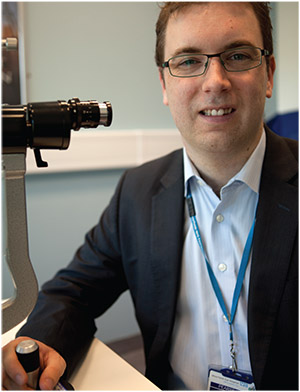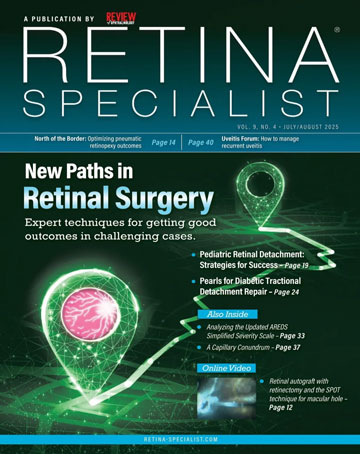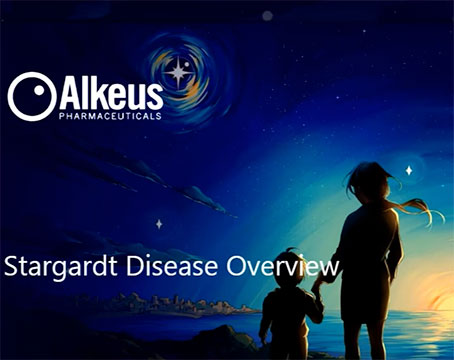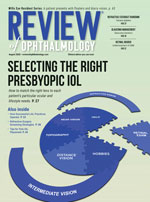The researchers described how they successfully trained machine-learning technology using almost 15,000 optical coherence tomography scans to identify features of eye disease and recommend how patients should be referred for care.
 |
| Pearse Keane, MD, MSc, is leading the research collaboration with DeepMind at Moorfields Eye Hospital. (Photo Courtesy Moorfields Eye Hospital) |
Using two types of neural networks, the AI system quickly learned to identify 10 features of eye disease from the OCT scans. The system was then able to recommend a referral decision based on the most urgent conditions detected. To validate that the AI system was making the correct referrals, clinicians also viewed the same OCT scans and made their own referral decisions. The study concluded that AI was able to make the right referral recommendation more than 94 percent of the time, matching the performance of expert clinicians.
The DeepMind blog reported that the Moorfields clinicians capture more than 1,000 OCT scans a day, and the time that it takes to analyze them can lead to treatment delays.
The next step involves clinical trials of the technology.
Reference
1. De Faw J, Ledsam JR, Romera-Paredes B, et al. Clinically applicable deep learning for diagnosis and referral in retinal disease. Nature Med. 2018 August 13. [Epub ahead of print]
 |
Study Finds Link Between Retinal Diseases and Alzheimer’s
Researchers at the University of Washington have reported that patients with age-related macular degeneration and diabetic retinopathy, as well as glaucoma, may have an increased risk of Alzheimer’s disease.1
The study involved 3,877 randomly selected patients from the Adult Changes in Thought Study, an ongoing prospective cohort study begun in 1994 that now includes more than 5,400 adults age 65 and older who were dementia-free at enrollment and followed until development of dementia, dropout or death. The study was published online in Alzheimer’s & Dementia: The Journal of the Alzheimer’s Association.
“We don’t mean people with these eye conditions will get Alzheimer’s disease,” says lead researcher Cecilia Lee, MD, assistant professor of ophthalmology at the UW School of Medicine. “The main message from this study is that ophthalmologists should be more aware of the risks of developing dementia for people with these eye conditions, and primary care doctors seeing patients with these eye conditions might be more careful on checking on possible dementia or memory loss.”
Over the five-year study, 792 cases of Alzheimer’s disease were diagnosed among the cohort by a committee of dementia experts. Patients with AMD, DR or glaucoma were at 40 to 50 percent greater risk of developing Alzheimer’s disease than similar subjects without these eye conditions. Cataract diagnosis was not an Alzheimer’s disease risk factor.
“What we found was not subtle,” says Paul Crane, MD, of UW School of Medicine. “This study solidifies that there are mechanistic things we can learn from the brain by looking at the eye.”
The relationship between the eye and the brain requires more study, Dr. Lee says. Better understanding of neurodegeneration in the eye and the brain could bring more success in diagnosing Alzheimer’s early and developing better treatments.
Funding for the research came from the National Institutes of Health, National Institute of Aging, National Eye Institute, an unrestricted grant from Research to Prevent Blindness, and royalties from UpToDate.
Reference
1. Lee CS, Larson EB, Gibbons LE, et al. Associations between recent and established ophthalmic conditions and risk of Alzheimer’s disease. Alzheimers' Dementia. 2018 August 2. [Epub ahead of print]



